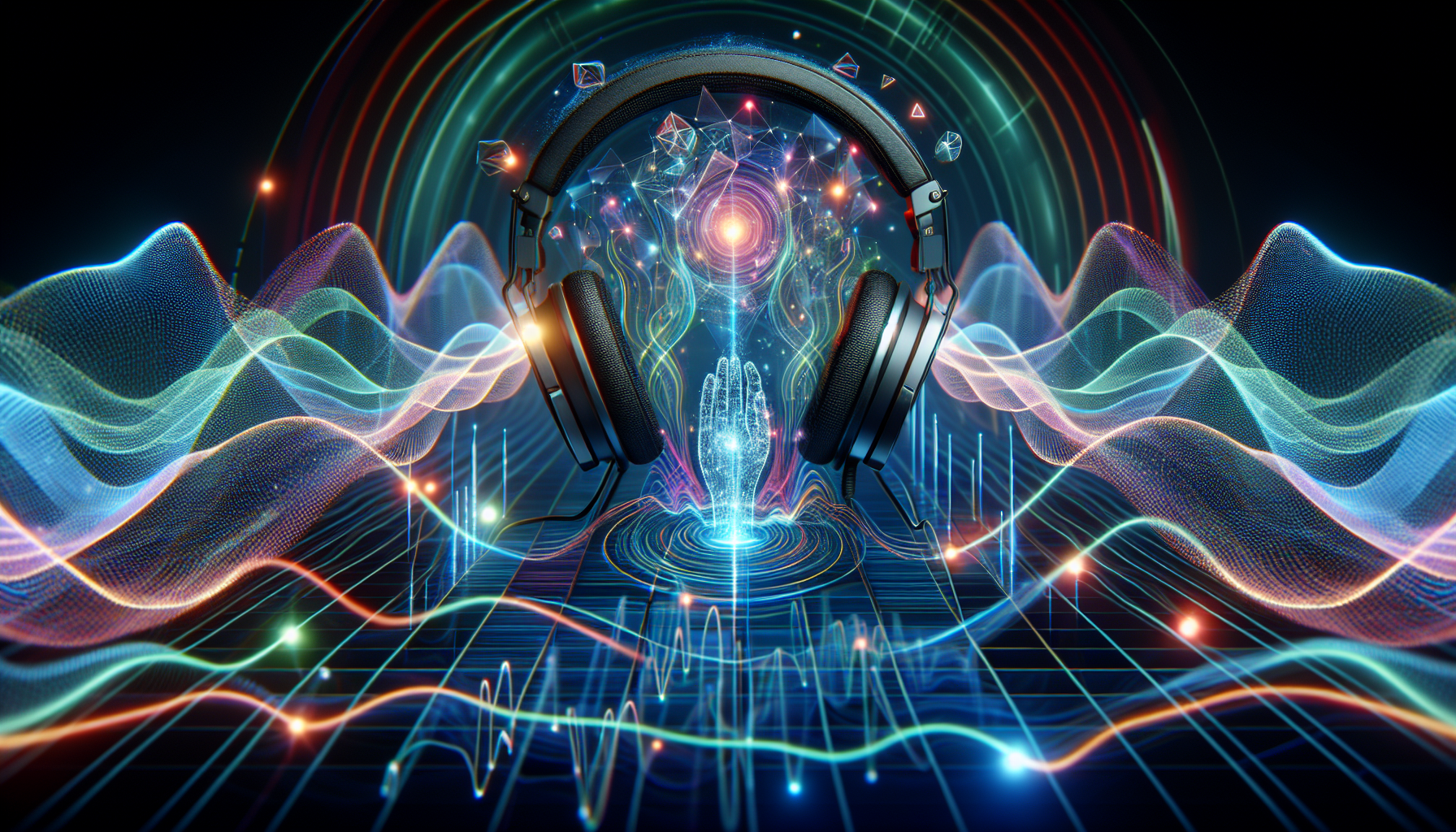Modern technology has dramatically transformed the way we experience audio. Gone are the days when simple stereo sound was enough to captivate listeners. Today, immersive audio technology pushes the boundaries of auditory experiences, allowing listeners to hear every detail as though they are encapsulated within the sound itself.
Immersive audio, often referred to as 3D audio or spatial audio, precisely recreates sound the way we naturally hear it in the world around us. Unlike traditional stereo sound that is limited to left and right channels, immersive audio employs sophisticated algorithms and processing techniques to position sound in a three-dimensional space, giving the sensation that it is coming from above, below, behind, or any direction relative to the listener.
The core of immersive audio lies in its ability to accurately mimic the human hearing process. When sound from various sources reaches our ears, tiny differences in time and sound pressure level create a spatial awareness, enabling us to pinpoint the source's location accurately. 3D audio technology replicates this phenomenon by employing multiple audio channels and sophisticated software to recreate this spatial sound field. This technology is engineered to bring unparalleled depth and realism to every note, beat, and soundscapes.
The applications for immersive audio are vast and rapidly expanding. In entertainment, it enhances the cinematic experience by creating a true-to-life theater quality that envelopes viewers in the heart of the action. Video games benefit remarkably by providing players with an all-encompassing soundscape that heightens realism and emotional immersion, offering clues about approaching dangers or hidden treasures based on directional audio cues.
Moreover, 3D audio has also found its place in music production. Artists and sound engineers are exploring spatial audio to craft new auditory dimensions, providing listeners with a fresh perspective on their favorite tracks. The layers of instruments and vocals in a song can be choreographed to pivot around the listener, delivering an intimate concert-like experience.
Beyond entertainment, industries such as virtual reality (VR) and augmented reality (AR) are leveraging immersive audio to create convincing simulations and interactive experiences. In VR, the mixture of 3D visuals and 3D audio surrounds users in a world that reacts to their every move, significantly increasing the realism and immersion factor. Similarly, in AR, environments brought to life with spatial audio can add an extra layer of usefulness and believability in applications ranging from navigation guides to interactive storytelling.
Immersive audio also plays a transformative role in other fields. In education, it can enhance e-learning experiences, particularly in areas like language studies where auditory immersion can help with accent acquisition. In the healthcare sector, it enables more effective sound therapy and relaxation practices by transporting patients to calming soundscapes designed to alleviate stress and pain.
As technology advances, the accessibility and quality of immersive audio continue to improve, fueled by developments in hardware and software. With growing support from major tech firms, the adoption of 3D audio is poised to become a standard expectation in consumer audio products. Devices such as headphones and home speakers are increasingly being designed with spatial sound capabilities that cater to listeners’ needs for richer, more engaging sound experiences.
In conclusion, immersive audio technology is reshaping auditory experiences across various fields, enabling us to hear sound as never before. The ability to recreate a three-dimensional sound environment aligns audio output with natural human perception, offering an unparalleled level of detail and proximity. As this technology continues to evolve, it holds the promise of even more profound and personalized listening experiences in the years to come.
